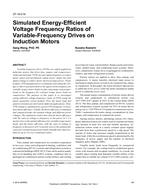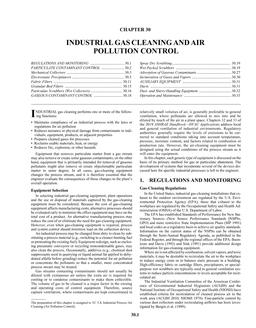Click here to purchase
Both for new and renovated buildings, decentralized room-based ventilation systems with alternating working regimes have become increasingly popular in Europe and Baltic countries. Such devices offer the possibility to ensure ventilation with heat recovery for smaller to middle-sized apartments as well as for renovation projects where other means of ventilation are hard to install. According to the manufacturer’s data sheets, such devices have high heat recovery efficiency although ensure relatively low air volumes. This given heat recovery efficiency is afterward used to determine the yearly energy consumption of the building and the necessary heating energy to heat the supply air. However, this value is stated at non-existent pressure difference between building indoor and outside while in real case situations there is always some pressure difference due to wind and stack effect. In this study, two different sized ventilation devices are tested in a laboratory environment at different simulated outside air temperatures and pressure differences to measure the actual heat recovery efficiency at various combinations. The results showed that the pressure difference can have a high impact on the heat recovery efficiency. Especially for the smaller device if the pressure difference rises just to 5 Pa (0.02 in. WC) the heat recovery efficiency drops to 60%. For the larger device, the pressure difference had a smaller effect and only at 30 Pa (0.12 in. WC) pressure difference the efficiency noticeably dropped. However, for both devices, the results showed that the actual efficiency is noticeably lower than stated in the technical data sheet even at no pressure difference. This can influence the actual building energy efficiency class, as well as lead to undersized heating system elements.
Citation: 2020 Winter Conference, Orlando, FL Conference Papers
Product Details
- Published:
- 2020
- Number of Pages:
- 9
- Units of Measure:
- Dual
- File Size:
- 1 file , 1.2 MB
- Product Code(s):
- D-OR-20-C042


